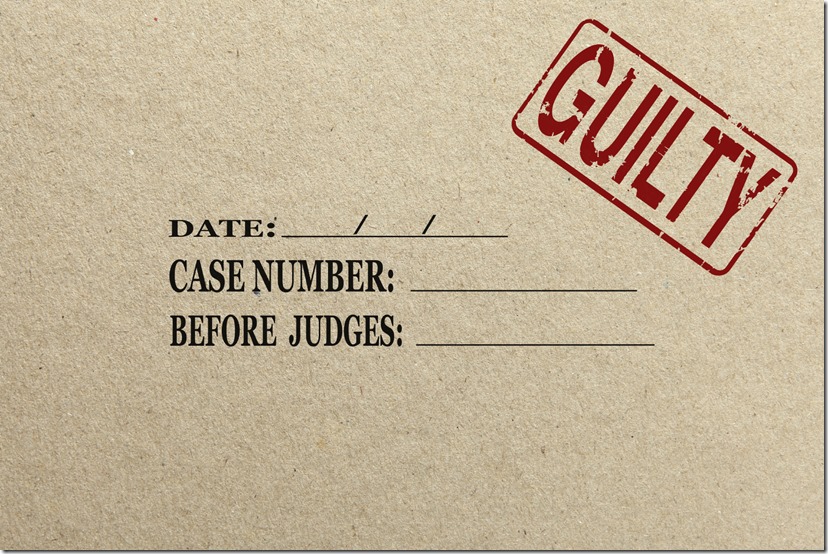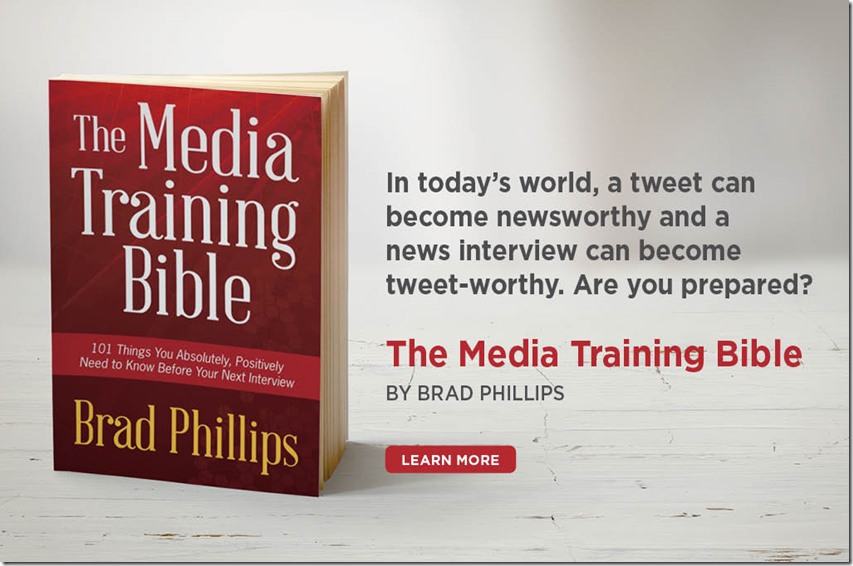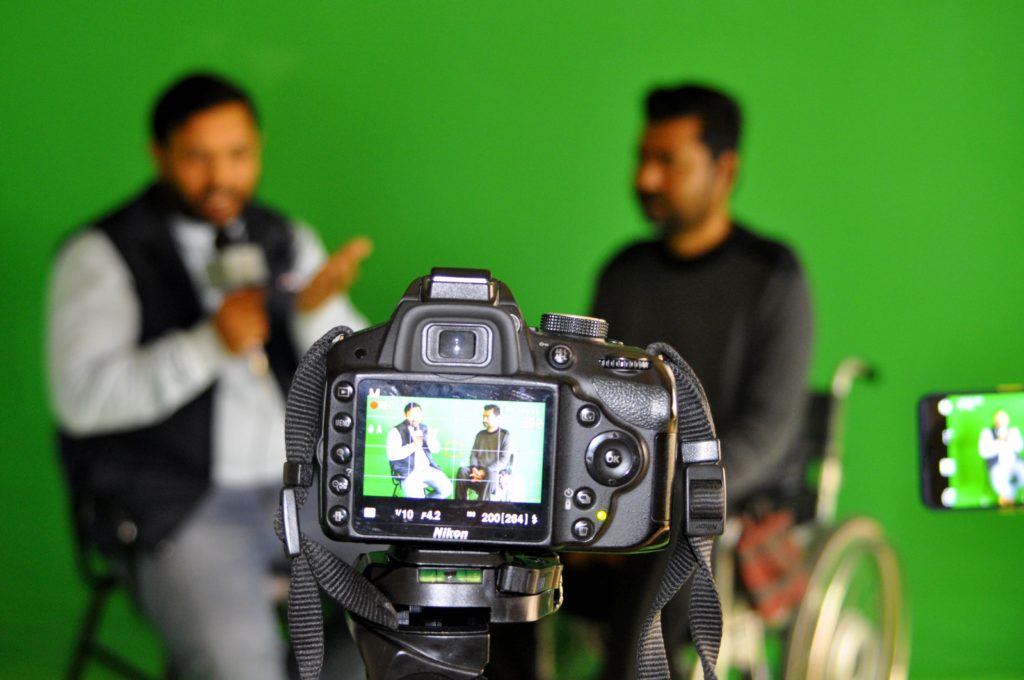Five Ways To Incriminate Yourself During A Media Interview
I recently came across this funny video clip from the television show Judge Judy, which features a young man who just didn’t know when to stop talking.
When I finished laughing at the young man’s unwitting admission of guilt, I thought about the things spokespersons do that can lead an audience to shift their impressions of them from innocent to guilty—in mere moments.
In this post, you’ll see five ways spokespersons incriminate themselves and learn how to avoid their mistakes.
1. Voluntarily introducing unhelpful information
It’s sometimes a good idea to announce something unfavorable about your brand before it gets out anyway (doing so can allow you to have influence over how the issue gets framed).
But at other times, nervous spokespersons can’t help themselves from blurting something out that leads the reporter to think, “Wait, WHAT did you say?!?”
For example, a shopping mall manager discussing an armed robbery at one of their retail shops (and trying to diminish fear about shopping at the mall) might be asked to discuss the incident. During the interview, it’s probably not a good idea for the manager to volunteer information that wasn’t asked for, such as, “You know, a couple of our other stores almost got robbed last year too.” Such quotes only serve to make a self-contained story become a much larger—and more damaging—trend piece.
2. Refusing to answer answerable questions
Obfuscation rarely plays well, particularly when the public expects that you should have an answer to a question. For example, let’s say a manufacturing executive is asked this direct question about the company’s labor force:
“Do you have any plans to shrink your U.S. labor force and hire more workers in Asia or South America?”
If the executive answers by saying something to the effect of “No comment” or “I can’t answer that question,” it will be widely seen as an affirmative response (“Yes.”). Even if the executive can’t answer the question perfectly, it’s better to offer something real:
“Here’s what I can tell you. The board and executive team want to do everything possible to keep our full labor force in the United States. To that end, we recently built a new plant near Sioux City. We’d like to continue that expansion here, but we also have to remain constantly vigilant regarding the competitive landscape. That said, our hope and intent is to look for every way we can to keep growing here at home.”
3. Failing to acknowledge the question
Some over-eager spokespersons like to dart straight to their messages before acknowledging the heart of the question. That’s usually a mistake.
Q: “What went wrong with last years’ product release, and how can you make sure it doesn’t happen again?”
A: “This year’s product is the most revolutionary, disruptive technology ever introduced in this space. For example, it has…”
This version is better:
A: “We needed to listen to our customers more closely—and that’s exactly what we’ve been doing for the past 12 months. As a result, this year’s product is the most revolutionary, disruptive technology ever introduced in this space. For example, it has…”
4. Not conceding the obvious point
If you refuse to give ground on a question with an obvious answer, everything you say afterward will be viewed with skepticism. In this example, the spokesperson commits three sins: not conceding the obvious point, failing to acknowledge the question, and refusing to answer an answerable question.
Q: “You will admit there were major problems with the taillights on your newest car model?”
A: “Our newest car model was rated as excellent by Consumer Reports and has been received very well by our customers.”
This is far better:
A: “Of course. We owe it to our customers to put that right, and we are. The big picture, though, is that this model has been very well received by our customers—more than any other model we’ve introduced over the past decade—and it was rated as excellent by Consumer Reports. One feature our customers have really responded to is the…”
5. Shifting body language
We often begin our practice interviews by asking basic questions about a client’s company and their work. When we begin to press them on more challenging material, we frequently observe a shift in their body language. Sometimes they shift in their chair. Occasionally a warm smile morphs into a tight one. Oftentimes a flash of anger or annoyance suddenly becomes visible on their face.
Shifts in body language—particularly when the tough questions start to fly—can be perceived as incriminating. If you prepare in advance for the worst questions you could face, you can help avoid that physical response and instead think, “Ahhh, good, I prepared for these tough questions—no need for defensiveness here!”
Don’t miss a thing! Click here to instantly join our mailing list and receive the best of the blog twice each month.




